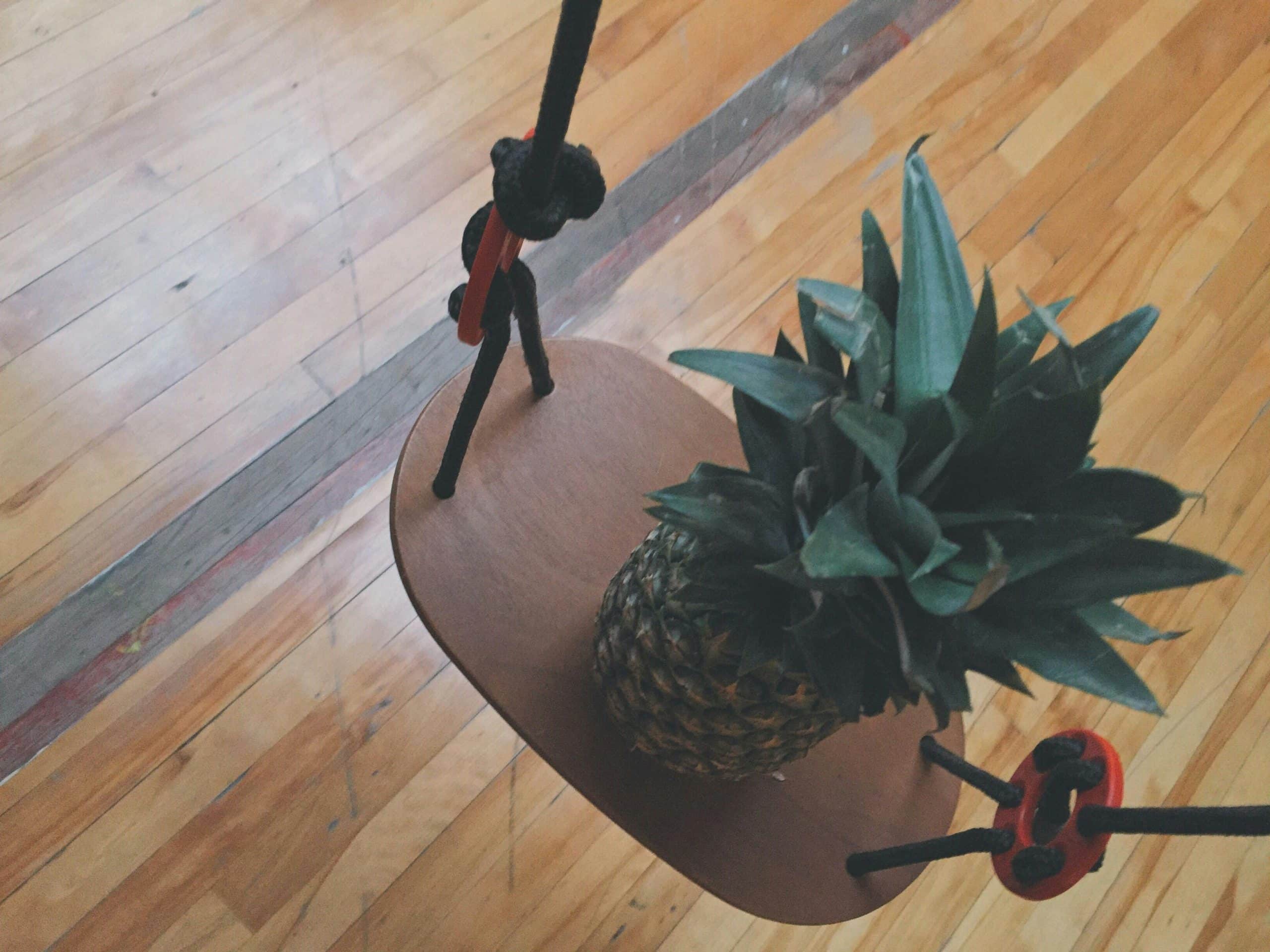How to Incorporate Sustainable Bamboo Flooring in a Mid-Century Modern Home?

The concept of sustainability has become an integral part of our lives, influencing choices we make from the food we consume, the transportation we use, down to the homes we live in. Flooring, a fundamental part of any home, is not an exception to this trend. One eco-friendly choice that many homeowners and contractors are turning to is bamboo flooring. But, how does one perfectly integrate this sustainable material into the design of a mid-century modern home? In this article, we will guide you on how to harmoniously incorporate bamboo flooring into your home, creating a balance between environmental responsibility and appealing aesthetics.
The Appeal of Bamboo Flooring
Before we delve into the practical aspects of bamboo flooring installation, it’s essential to understand why bamboo has become such a sought-after flooring material. Aside from its environmental benefits, bamboo flooring provides a unique aesthetic appeal that can seamlessly blend with the mid-century modern design of your home.
A voir aussi : How to Create a Customized Outdoor Play Area for Children with Physical Disabilities?
Bamboo is a highly renewable resource. This makes it a more sustainable alternative to traditional wood flooring options, which often involve the logging of mature trees. Bamboo can reach maturity in as little as five years, and it regrows after harvesting without the need for replanting. This sustainability factor contributes significantly to its popularity among eco-conscious homeowners and contractors.
In terms of aesthetics, bamboo flooring offers a clean, sleek look that fits perfectly into a mid-century modern home design. Its natural color variations can contribute to the organic and minimalistic feel often associated with mid-century modern style. With its warm tones and natural grain patterns, bamboo can enhance the overall ambience of your living room, kitchen, or any room in your home.
A lire aussi : What Are the Most Effective Home Air Purification Systems for Urban Areas?
Choosing the Right Bamboo Flooring
When it comes to bamboo flooring, not all products are created equal. Some varieties may be more suitable for your home than others. It’s important to choose a type that aligns with the visual appeal and functional requirements of your mid-century modern home.
Strand-woven bamboo floors, for instance, are known for their high durability and unique grain pattern. Their manufacturing process involves compressing bamboo strands under extreme heat and pressure, resulting in a very hard and dense material. This makes them an excellent choice for high-traffic areas in your home, like the living room or kitchen.
In terms of color, natural bamboo flooring shows off the material’s inherent beauty and can easily complement your mid-century furniture and decor. However, you can also opt for carbonized bamboo flooring if you prefer a darker tone to match your design preferences.
Preparing for Installation
After you’ve selected your preferred bamboo flooring, the next step is preparing for its installation. This process involves evaluating your existing flooring, ensuring your subfloor is in good condition and deciding whether to hire professional contractors or to embark on a DIY project.
First, assess your existing floor. Is it level? Are there any signs of moisture or damage? These should be addressed before the installation of your bamboo flooring. It’s also worth noting that bamboo flooring can be laid over concrete, wood, and even some types of tile, providing these surfaces are smooth, clean, and dry.
Next, consider whether you have the skills and tools necessary to install the bamboo flooring yourself. While it is possible to install bamboo flooring as a DIY project, professional contractors can ensure it’s done correctly and efficiently.
Bamboo Flooring Installation
If you’ve decided to hire contractors for the installation, it’s crucial to choose ones who are experienced with bamboo flooring. They should know how to acclimate the bamboo to your home’s environment by allowing it to adjust to the room’s humidity and temperature before installation. This step helps to prevent warping or shrinkage later on.
Contractors will typically start the installation process by laying a vapor barrier or underlayment, followed by the bamboo planks. They will then secure the bamboo flooring either by nailing or gluing it down to the subfloor. Throughout the process, they will make sure that the planks are fitted tightly together to create a seamless floor.
Caring for Your Bamboo Floor
After your bamboo floor has been installed, it’s time to focus on its maintenance to ensure it remains in good condition for many years. Regular cleaning with a soft broom or vacuum can help to keep your floor looking its best. Avoid using harsh cleaning products as these can damage the bamboo.
Lastly, consider using rugs or mats in high-traffic areas to protect your bamboo floor from scratches. Furniture pads can also be used under the legs of your furniture, especially heavy pieces, to prevent dents and scratches.
Incorporating sustainable bamboo flooring into your mid-century modern home is not only a step towards a greener lifestyle, but it also adds a touch of natural elegance and warmth to your living space. With careful selection, correct installation, and proper maintenance, your bamboo floor can become a long-lasting and attractive feature of your home.
The Versatility of Bamboo Flooring for Various Home Spaces
Reinforcing the idea of flexibility in function and aesthetics, bamboo flooring can be a fitting choice for various spaces around the house, further enhancing the appeal of your mid-century modern home. Whether it’s the kitchen, dining area, living room, or even the bathroom, bamboo flooring can adapt to diverse environments, provided it’s properly installed and maintained.
The kitchen and dining area are often high-traffic spaces that require flooring which can withstand regular use and potential spills. In this regard, bamboo flooring, especially the strand-woven variety, excels due to its inherent durability. When paired with the right furniture, outdoor lighting, or indoor lighting wall fixtures, bamboo flooring can uplift the visual appeal of these areas while ensuring practical functionality.
The living room, often considered the heart of a home, would equally benefit from the warm tones and unique grain patterns of bamboo flooring. Combined with mid-century furniture pieces and proper outdoor lighting, the living space can exude a sense of organic minimalism and comfort, typical to mid-century modern design.
When it comes to the bathroom, one might question the suitability of bamboo flooring due to the well-known moisture-prone environment. However, with the use of appropriate sealants and regular maintenance, bamboo flooring can also be an eco-friendly alternative to traditional bathroom vanities.
Conclusion: Sustainability Meets Aesthetics in Bamboo Flooring
The allure of bamboo flooring goes beyond its impressive sustainability credentials. Its versatility, aesthetic appeal, and durability make it an ideal flooring choice for mid-century modern homes. From the kitchen and dining area to the bathroom, this eco-friendly flooring option can seamlessly blend with various interior design elements, creating a harmonious balance between environmental responsibility and appealing aesthetics.
Choosing bamboo flooring is embarking on a greener lifestyle while adding a touch of organic elegance to your home. With proper care and maintenance, your bamboo floor can remain a beautiful and sturdy feature of your home for years. Whether you’re considering a renovation or building a new home, think about the remarkable benefits of bamboo flooring. It’s a choice that you, and our planet, will appreciate.
In the end, your home is not merely a space for shelter but a reflection of your values. And with sustainable bamboo flooring, you can create a home that is not only stylish but also kind to the environment.
